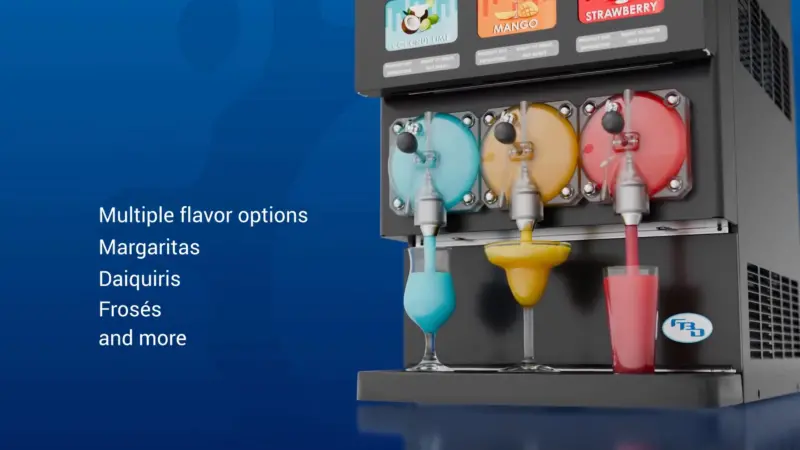The Laws and Regulations You Need to Know Before Opening Your Ghost Kitchen
Food is serious business. Now, on The Main Course, host Barbara Castiglia will invite insiders on the front lines of food to share their expertise, strategies, and forecasts for navigating the ever-changing restaurant industry.
There’s never been more demand for on-the-go and delivery options for restaurant customers – and that’s led to a race for optimal solutions among establishments looking to keep pace.
One of the premier solutions for meeting these growing expectations is the ghost kitchen, which empowers establishments to cook orders specifically for to-go and delivery guests. These kitchens don’t serve a traditional, physical dining space, but are solely dedicated to the need of customers ordering either themselves or through the variety of food delivery apps available today.
“Ghost kitchens provide an opportunity to really expand a brand or get a product in front of customers that they otherwise couldn’t because of lower resources.” -Brett Buterick
On this episode of MarketScale’s The Main Course, host and industry expert Barbara Castiglia was joined by Brett Buterick, Esq., to highlight the legal and regulatory environment surrounding these ghost kitchens.
“Ghost kitchens provide an opportunity to really expand a brand or get a product in front of customers that they otherwise couldn’t because of lower resources,” Buterick said. However, the concept is so popular that even big brands are getting into the virtual kitchen model.
Buterick sees the idea taking off because of the impact of technology. First is the acceptance and use of third-party delivery apps like GrubHub and Uber Eats and second is the increase in social media marketing that allows brands to develop an online following.
From a legal perspective, starting a ghost kitchen begins with entity formation before finding a space to operate and eventually moving onto selling products and services. While creating the business through an LLC is fairly straightforward, finding just the right space can be challenging but is essential to creating a sustainable business.
Buterick describes three models for working out of a space. “One would be the classic model of a shared space with a pop-up in another business’s environment. The second would be operating out of a true commercial kitchen or a commissary. The third possibility is a turnkey solution that’s going to look like a combo kitchen. Things where you can actually put your brand into another system.” He said.
How does a new brand enter this growing sector of the restaurant industry? Buterick has all the insights and details on what it takes to successfully launch a ghost kitchen business.
A New Episode is Served Up Every Tuesday and Thursday!
Follow us on social media for the latest updates in B2B!
Twitter – @MarketScale
Facebook – facebook.com/marketscale
LinkedIn – linkedin.com/company/marketscale




